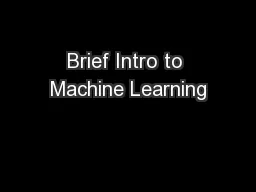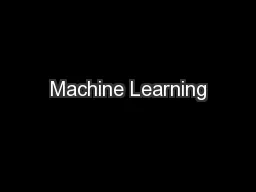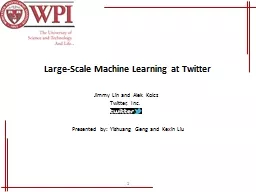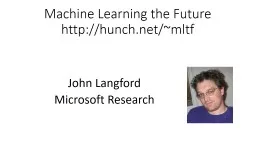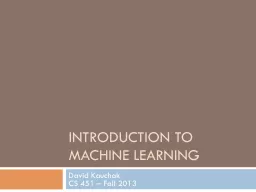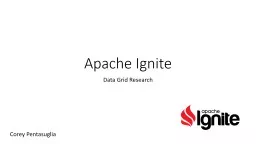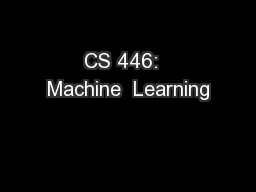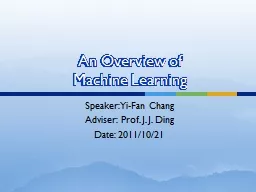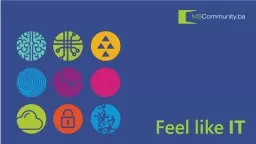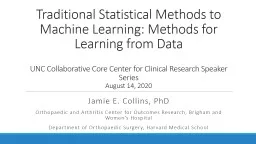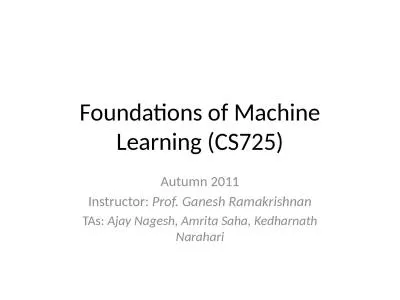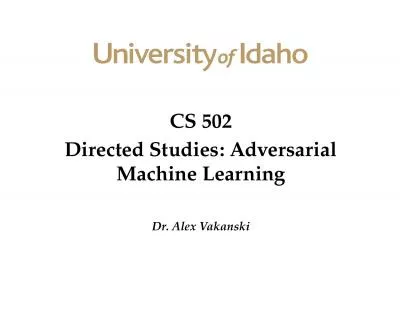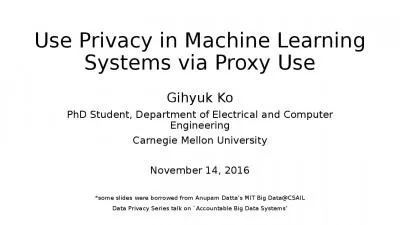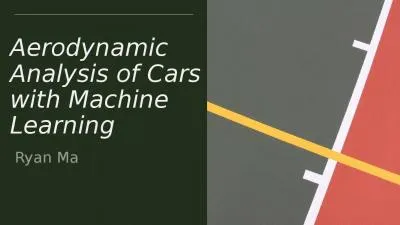PPT-Brief Intro to Machine Learning
Author : alexa-scheidler | Published Date : 2017-10-04
CS539 Prof Carolina Ruiz Department of Computer Science CS amp Bioinformatics and Computational Biology BCB Program amp Data Science DS Program WPI Most figures
Presentation Embed Code
Download Presentation
Download Presentation The PPT/PDF document "Brief Intro to Machine Learning" is the property of its rightful owner. Permission is granted to download and print the materials on this website for personal, non-commercial use only, and to display it on your personal computer provided you do not modify the materials and that you retain all copyright notices contained in the materials. By downloading content from our website, you accept the terms of this agreement.
Brief Intro to Machine Learning: Transcript
Download Rules Of Document
"Brief Intro to Machine Learning"The content belongs to its owner. You may download and print it for personal use, without modification, and keep all copyright notices. By downloading, you agree to these terms.
Related Documents

